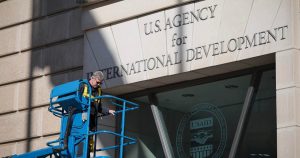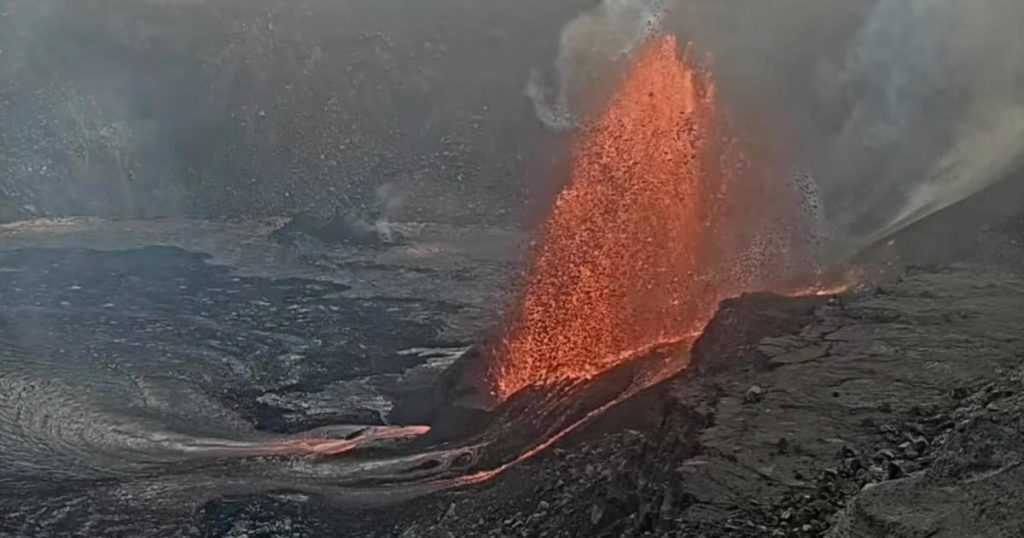Introduction to Kīlauea’s Eruption
Kīlauea, one of the world’s most active volcanoes, has recently captured attention with its ongoing eruption on the Big Island of Hawaii. This volcanic activity commenced on December 23, 2024, and has continued intermittently, marking its ninth episode as of February 11, 2025. The latest eruption has been particularly striking, with lava fountains reaching heights of up to 200 feet within Halemaumau Crater, located in Hawaii Volcanoes National Park. While no residential areas are under threat, the eruption has drawn significant interest, offering a spectacular display of natural wonder.
Eruption Details and Observations
The February 11 eruption began at 10:16 a.m., with lava flowing into Halemaumau Crater. By 10:46 a.m., a vent ejected lava 330 feet high, and by the following morning, fountains reached between 16 and 200 feet. This activity is part of Kīlauea’s ongoing cycle, with past episodes lasting from 13 hours to eight days. The U.S. Geological Survey (USGS) has been monitoring the situation, noting hazards such as volcanic gas emissions and Pele’s Hair—fine strands of volcanic glass carried by the wind. Despite these hazards, the eruption has become a tourist attraction, drawing visitors to the national park’s overlooks for a glimpse of the fiery display.
Historical Context of Kīlauea’s Activity
Kīlauea’s eruptions are not new; the volcano has been active for decades, earning its reputation as one of the most active in the world. Its continuous activity provides valuable insights for volcanologists, aiding in the understanding of volcanic mechanisms and enhancing eruption prediction capabilities. Each episode, including the recent 26-hour event in January, offers scientists a chance to study lava behavior and gas emissions, contributing to improved public safety measures.
Impact on Environment and Community
The eruption’s impact extends beyond the volcanic landscape. While the immediate area around the crater is affected by gas emissions and Pele’s Hair, the surrounding environment experiences a different kind of transformation. Lava flows reshape the land, creating new geological formations that become part of the island’s unique landscape. This dynamic change is a testament to nature’s power and its role in shaping the Earth’s surface.
Role of Technology and Monitoring
Modern technology plays a crucial role in monitoring Kīlauea’s activity. The USGS utilizes cameras and sensors to provide real-time data, enabling timely warnings and updates. A livestream of the eruption offers the public a safe way to observe the volcano’s activity, fostering both scientific engagement and public awareness. This technological approach not only aids in safety but also enhances educational outreach, allowing a broader audience to appreciate volcanic science.
Conclusion and Future Implications
As Kīlauea continues its eruptive cycle, it serves as a reminder of the dynamic forces shaping our planet. The integration of scientific research, technological monitoring, and public engagement underscores the importance of understanding volcanic activity. While the current eruption is awe-inspiring, it also highlights the need for preparedness and the value of ongoing scientific study in mitigating volcanic hazards. Kīlauea’s eruption is not just a natural spectacle but a vital area of study, offering lessons that contribute to global volcanic risk management and community safety.















